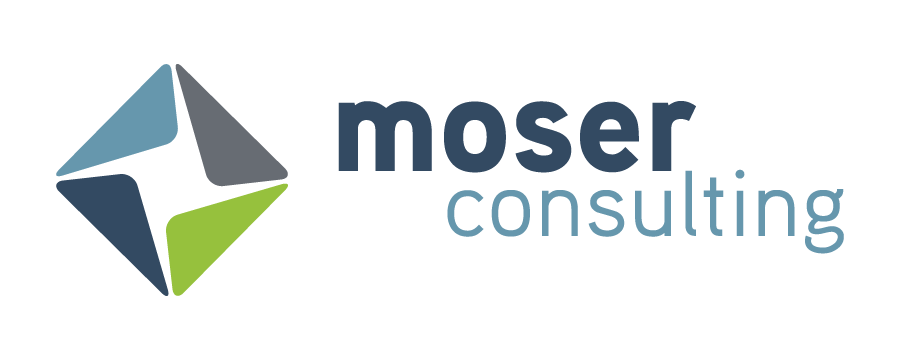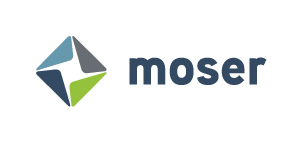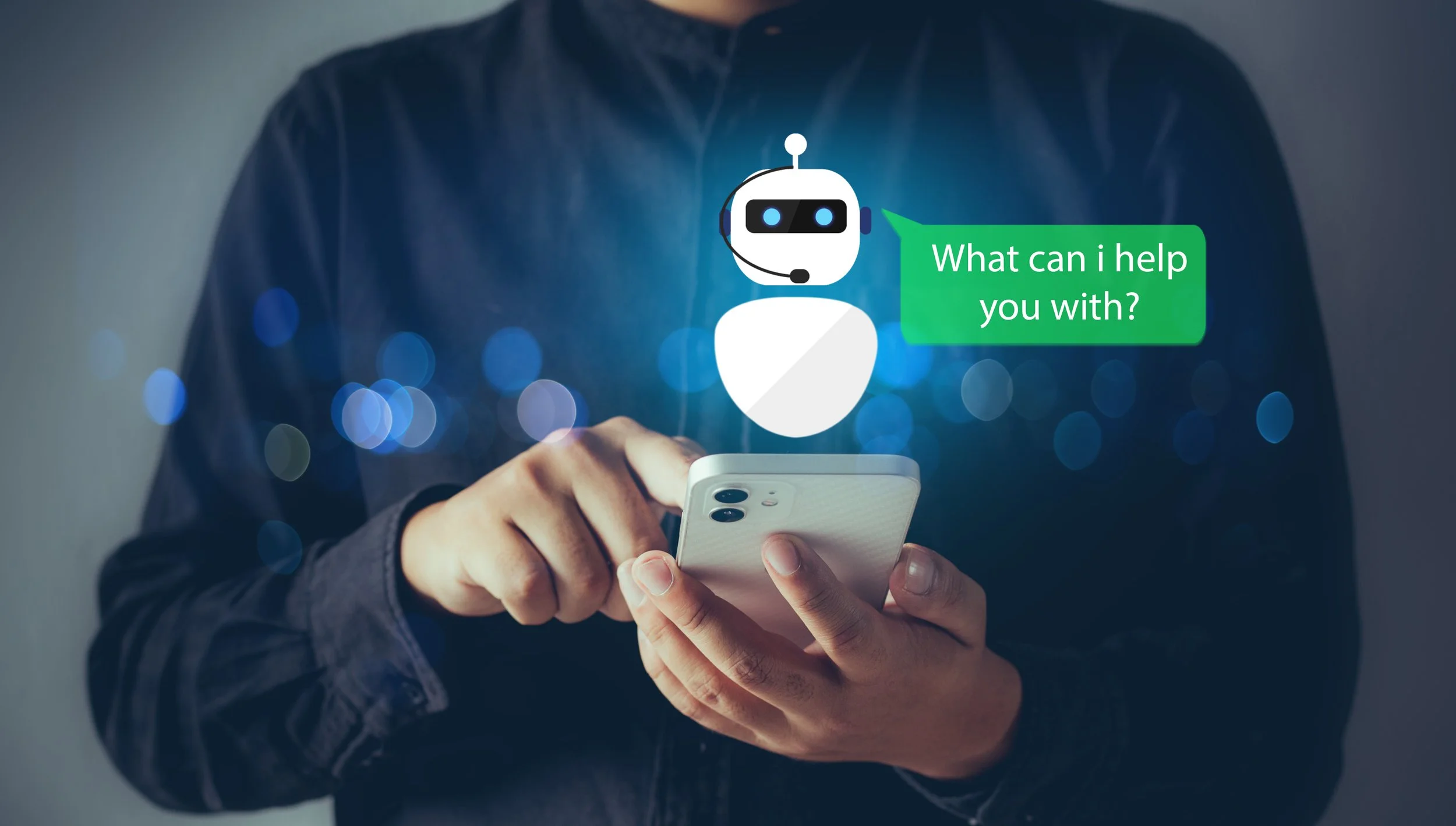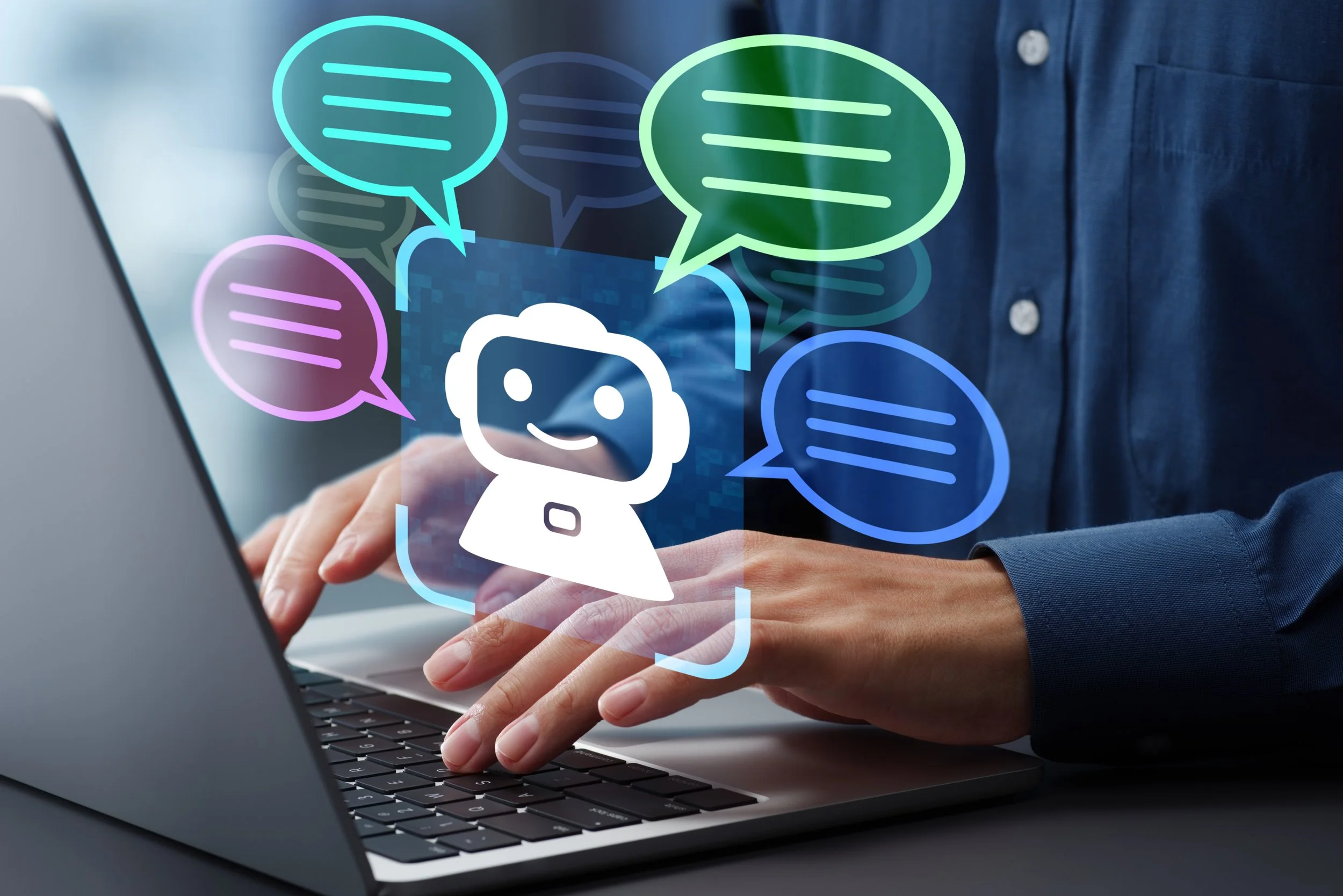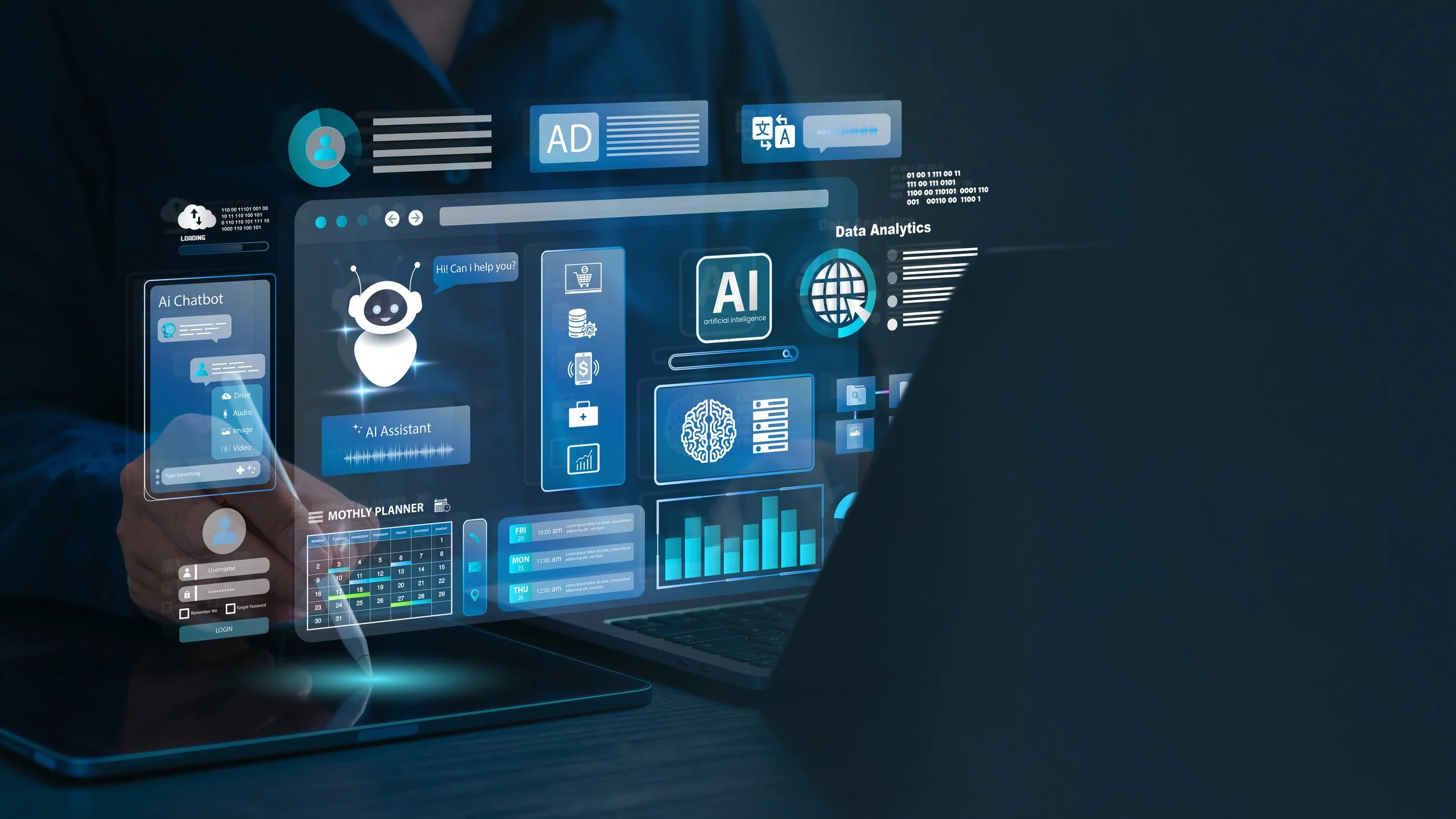Exploring Common AI Assistance Types
As AI continues to evolve rapidly, its ability to support work-related tasks has expanded significantly. But with a growing landscape of tools, namely chatbots, copilots, and agents, how do you know which is right for your needs? In this article, we’ll briefly explore the distinctions between these AI tools, including how they function, what they offer, and where they best fit in the modern workplace.
Chatbots
Chatbots are often the starting point in AI assistance. Originating as successors to robotic process automation (RPA) tools, they go beyond rigid rule-based tasks by incorporating conversational AI. This enables them to interpret natural language input, even if it’s somewhat ambiguous. While they typically rely on predefined data sources, chatbots can be extended with web search or RPA integration to execute simple actions.
Examples:
ChatGPT remains the best‑known example, serving hundreds of millions of weekly users as a general‑purpose conversational assistant.
Atlassian Rovo Chat embeds the same conversational pattern inside Jira, Confluence, and related products, pulling context from a company’s own “Teamwork Graph” to answer employee questions or take simple actions.
These systems shine in support centers and internal help desks, where structured Q&A is common.
Copilots
Copilots represent a more advanced level of AI integration. Like chatbots, they understand natural language and perform tasks, but they also incorporate deeper context, can learn from previous interactions, and offer more personalized support. Copilots often draw on multiple data sources and are capable of making recommendations based on patterns or insights over time. While they don’t act independently, they help users make more informed decisions and streamline workflows.
Examples:
Microsoft Copilot can draft Word documents, analyze Excel sheets with Python, and surface Outlook insights. Admins can even publish custom “Copilot Studio” agents so departments tailor the guidance they receive.
Rovo Chat (copilot mode) builds on its chatbot foundation to recommend next steps across Atlassian tools, such as turning a chat answer into a Jira issue or Confluence page.
Copilots are ideal for knowledge workers who want decision support without handing over full autonomy.
Agents
AI agents take the concept even further by introducing autonomy. Unlike copilots, agents are designed to act independently based on broader goals and contextual understanding. They can reason through complex scenarios, adapt to new environments, and coordinate across multiple systems or even other agents to complete tasks with minimal input. While copilots assist users, agents can function more like collaborators, handling workflows from end to end with only high-level direction.
Examples:
Operator (now folded into ChatGPT “agent mode”) controls a remote browser: it clicks, types, and scrolls to complete tasks like ordering supplies or filling out forms.
Deep Research runs lengthy web investigations, gathering, analyzing, and citing hundreds of sources to produce analyst‑level reports with minimal oversight.
Rovo Agents act as specialized teammates that can execute workflows inside Atlassian apps or connected SaaS tools, all from a single prompt.
Such agents fit dynamic, cross‑system scenarios where autonomy and adaptive reasoning matter most.
